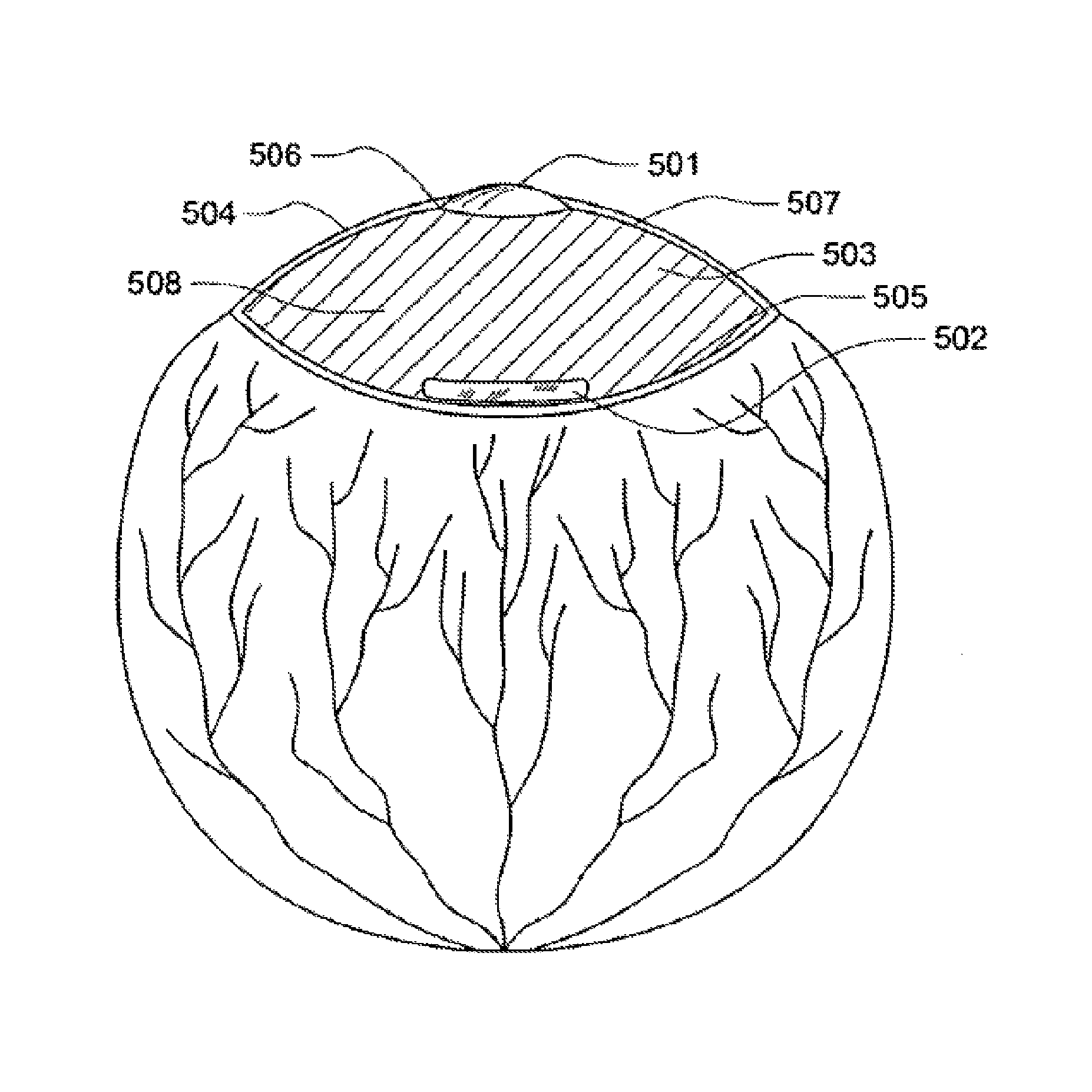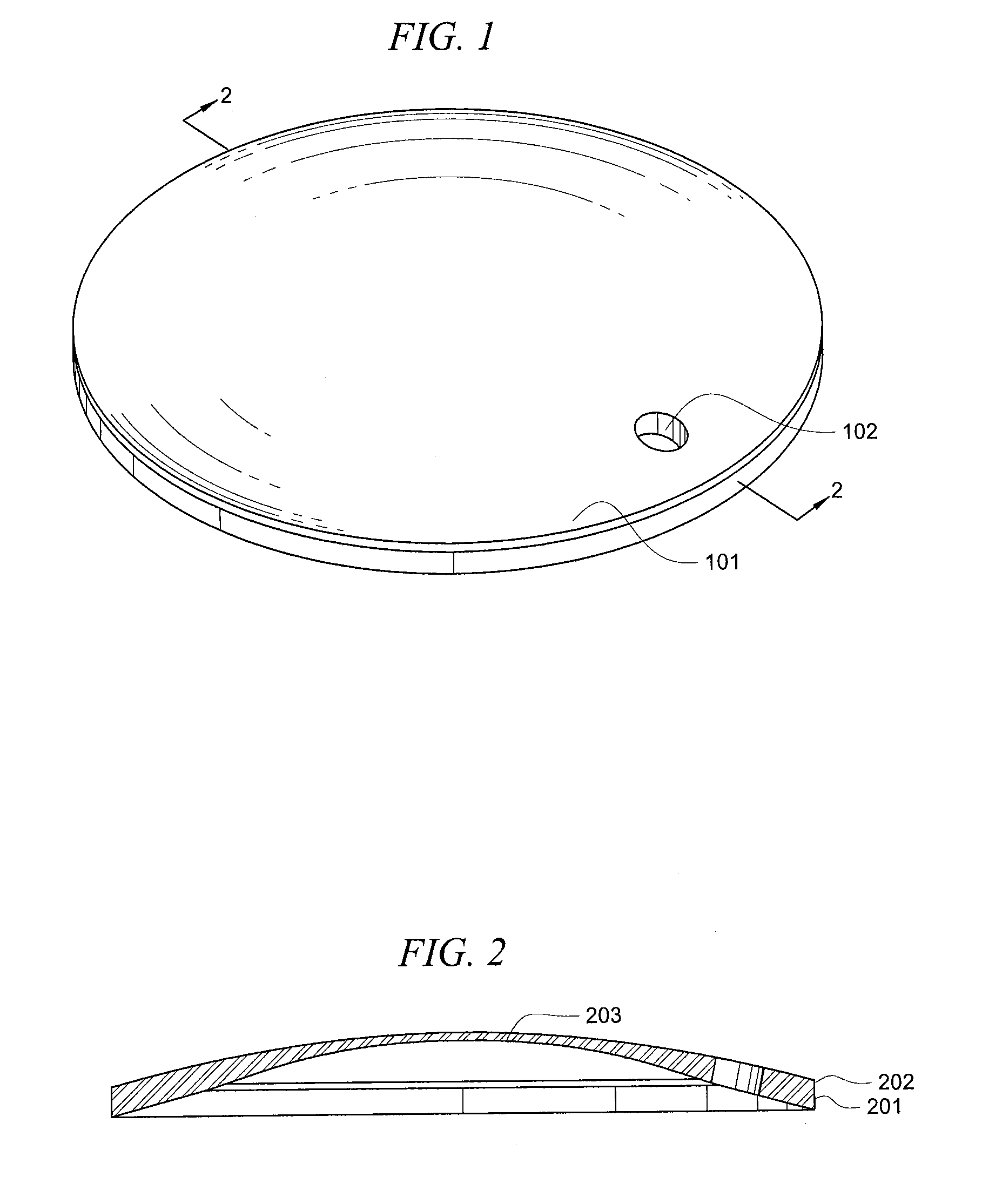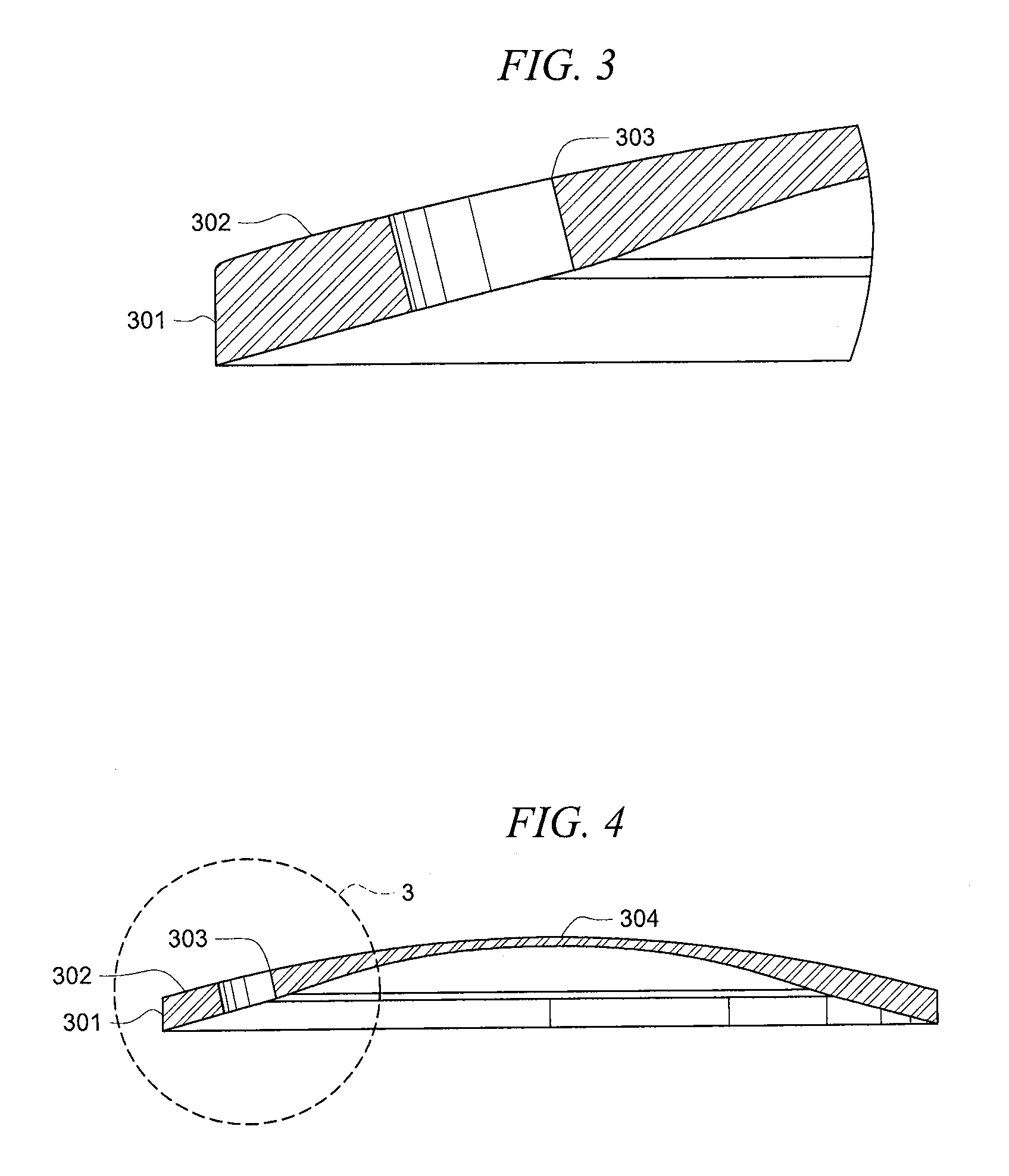Intraocular lens system with injectable accommodation material
a technology of intraocular lens and accommodation material, which is applied in the field of new intraocular lens system, can solve the problems of undistorted vision, lack of ability of natural lens to accommodatively focus on near and far objects, and dependence on focal accommodation direction, so as to achieve the effect of modifying the flexural modulus of the accommodation material
- Summary
- Abstract
- Description
- Claims
- Application Information
AI Technical Summary
Benefits of technology
Problems solved by technology
Method used
Image
Examples
example 1
[0095]A series of four experiments were conducted by first removing the natural lens of a rabbit by phaeco-emulsification.
[0096]In two of the experiments, a dual lens intraocular lens system was implanted and in the other two, a single lens system was implanted. The capsular bag was then filled with a composition comprising a soft silicone gel mixture with a refractive index of 1.41. The silicone mixture was cured in the eye within an hour.
[0097]After 17 days, the eyes were examined. The capsular bag remained well filled with no signs of leakage. The posterior lens or posterior of the capsule was clearly visible in each case.
example 2
[0098]A series of experiments were conducted using pig cadaver eyes. The pig eye was fixtured on a stand and the natural lens was removed by phaeco-emulsification. A 3-piece silicone IOL was implanted behind the capsulorhexis opening. The capsular bag was then filled with a hydrogel composition comprising of copoly(2-hydroxyethyl methacrylate and N,N-dimethyl acrylamide) behind the implanted IOL. The eye was well filled without any leakage.
example 3
[0099]A series of experiments were conducted using pig cadaver eyes. The pig eye was fixtured on a stand and the natural lens was removed by phaeco-emulsification. A 3-piece commercial available soft acrylic IOL was implanted behind the capsulorhexis opening. The capsular bag was then filled with a composition comprising of soft silicone gel mixture behind the implanted IOL. The eye was well filled without any leakage. The IOL was able to provide the seal to the injectable material.
PUM
 Login to View More
Login to View More Abstract
Description
Claims
Application Information
 Login to View More
Login to View More - R&D
- Intellectual Property
- Life Sciences
- Materials
- Tech Scout
- Unparalleled Data Quality
- Higher Quality Content
- 60% Fewer Hallucinations
Browse by: Latest US Patents, China's latest patents, Technical Efficacy Thesaurus, Application Domain, Technology Topic, Popular Technical Reports.
© 2025 PatSnap. All rights reserved.Legal|Privacy policy|Modern Slavery Act Transparency Statement|Sitemap|About US| Contact US: help@patsnap.com



